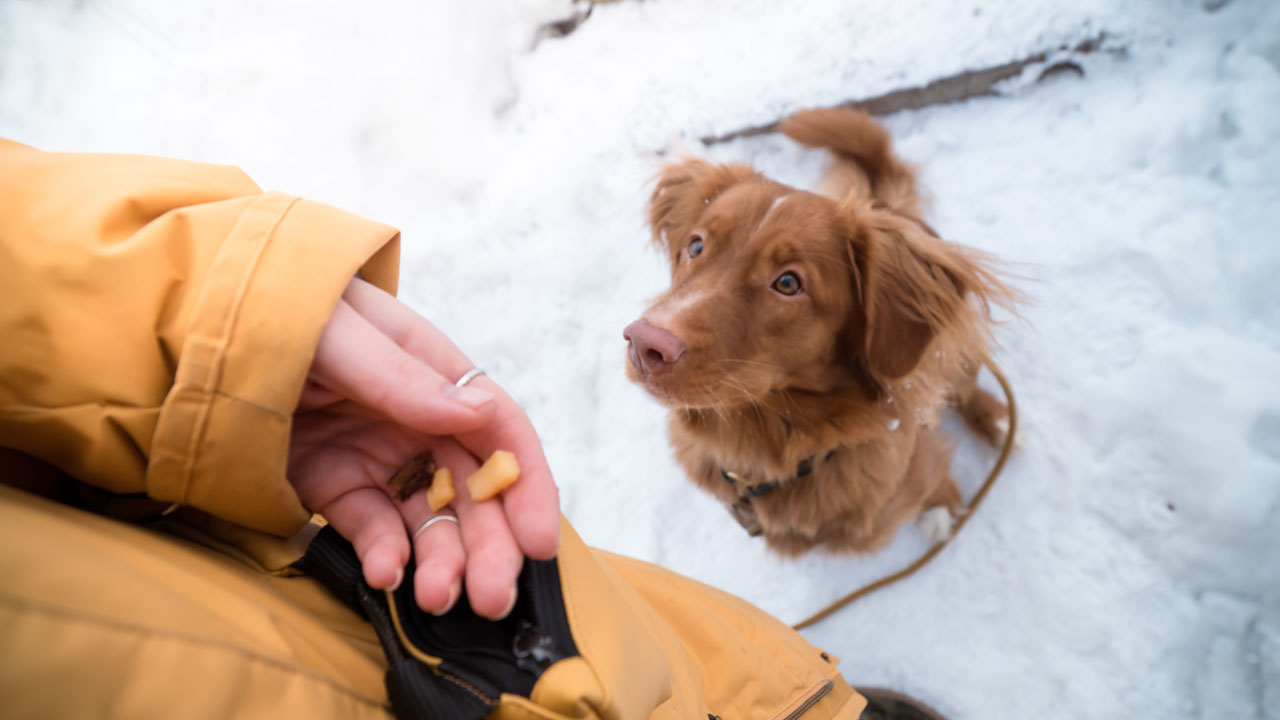Why Do Dogs Bark at Strangers
Table of Contents
Key Takeaways: Why Do Dogs Bark at Strangers
| Aspect | Detail |
|---|---|
| Main Cause | Territorial behavior, fear, anxiety, excitement, attention-seeking, protective instincts. |
| Prevention | Socialization, positive reinforcement, desensitization, command training. |
| Breed Specific | Some breeds are more prone to barking at strangers due to their innate tendencies. |
| Management | Avoid reinforcing barking, distraction techniques, professional help, creating a safe space. |
| Understanding Behavior | Recognizing the reason behind the barking is crucial for effective training. |
Dogs, often hailed as man’s best friend, exhibit various behaviors that can sometimes perplex their owners. One such behavior is barking at strangers. While this might seem like a straightforward reaction, understanding the underlying reasons can significantly help in managing and training your dog effectively.
Territorial Behavior: A Natural Instinct
Dogs are naturally territorial creatures, and their instinct to protect what they consider their territory is strong. This protective behavior can manifest as barking when a stranger approaches their home or environment. Breeds like German Shepherds and Rottweilers are particularly known for their guarding capabilities. However, this instinct isn’t limited to guard breeds alone. Many dogs will bark to alert their owners of a perceived intrusion, acting as a first line of defense against potential threats.
Fear and Anxiety: More than Just Aggression
Barking at strangers can also be a sign of fear or anxiety. Some dogs may have had negative experiences in the past or lack proper socialization, making them wary of unfamiliar faces. This reaction is often misunderstood as aggression, but it’s essential to recognize that it stems from the dog’s fear.
The Role of Socialization
Proper socialization plays a pivotal role in how dogs perceive and interact with strangers. A dog that’s been well-socialized from a young age will likely be more comfortable and less reactive towards unfamiliar people. Socialization involves exposing your dog to various environments, people, and situations, fostering adaptability and confidence.
Breed Tendencies and Barking
Certain dog breeds have a natural inclination to bark more than others. For example, Terrier breeds, originally bred for hunting, are trained to alert their owners through barking. Similarly, Beagles, known for hunting rabbits, possess a strong instinct to bark.
Managing Barking Behavior: Practical Tips
- Socialization: Introduce your dog to a variety of people and environments from an early age.
- Positive Reinforcement: Reward calm behavior around strangers with treats or praise.
- Training Commands: Teach commands like “quiet” or “enough” to control barking.
- Professional Consultation: Seek advice from dog trainers or behaviorists for persistent issues.
By understanding the reasons behind barking at strangers, dog owners can implement effective strategies to manage this behavior. Socialization, training, and sometimes professional assistance play a crucial role in helping your dog become a well-adjusted and polite member of society.
Environmental Adjustments: Reducing Triggers
Your dog’s environment can significantly influence their behavior. Making small changes can help manage their reaction to strangers:
- Visual Barriers: If your dog barks at people passing by, consider closing blinds or creating a visual barrier.
- Safe Spaces: Provide a designated area where your dog feels secure, like a crate or a specific room.
- Controlled Introductions: Introduce strangers to your dog in a controlled, calm environment to prevent overstimulation.
The Impact of Breed on Barking Behavior
Different breeds have different temperaments and instinctual behaviors. Understanding your dog’s breed characteristics can offer insights into their behavior:
- Guard Breeds: Breeds like Dobermans and Rottweilers may bark as a protective mechanism.
- Hunting Breeds: Terriers and Beagles, bred for hunting, may bark to alert their owners.
- Companion Breeds: Some smaller breeds bark for attention or due to heightened excitability.
Training Techniques for Curbing Barking
Effective training techniques are vital for managing barking behavior:
- Command Training: Introduce commands during play and gradually use them in situations where your dog barks at strangers.
- Distraction Techniques: Use toys or treats to divert your dog’s attention from strangers.
- Desensitization: Gradually expose your dog to the presence of strangers, starting from a distance and slowly decreasing it.
Advanced Training Methods for Better Control
Advancements in dog training offer innovative ways to manage barking:
- Clicker Training: A form of positive reinforcement that uses a clicker to mark desired behavior.
- Behavioral Adjustment Training (BAT): Focuses on changing the dog’s emotional response to triggers.
- Electronic Training Aids: Used responsibly, these can help in managing barking in high-distraction environments.
Understanding Your Dog’s Emotional Needs
Barking at strangers can be a manifestation of underlying emotional needs or issues. It’s important to consider factors like past trauma, anxiety, or lack of confidence. Providing emotional support and a nurturing environment is as crucial as physical training in managing barking behavior.
Creating a Holistic Training Environment
A holistic approach to training encompasses:
- Regular Exercise: Adequate physical activity can help in reducing anxiety-driven barking.
- Mental Stimulation: Engaging activities and toys keep the mind occupied and reduce boredom-induced barking.
- Routine and Consistency: Establishing a routine can provide a sense of security and predictability for your dog.
Final Thoughts
Barking at strangers is a common issue among dogs, but with the right approach, it can be managed effectively. Understanding the cause, employing advanced training methods, addressing emotional needs, and creating a supportive environment are key to helping your dog overcome this behavior. Consistency, patience, and a deep understanding of your dog’s needs will lead to a more harmonious relationship and a well-adjusted canine companion.







